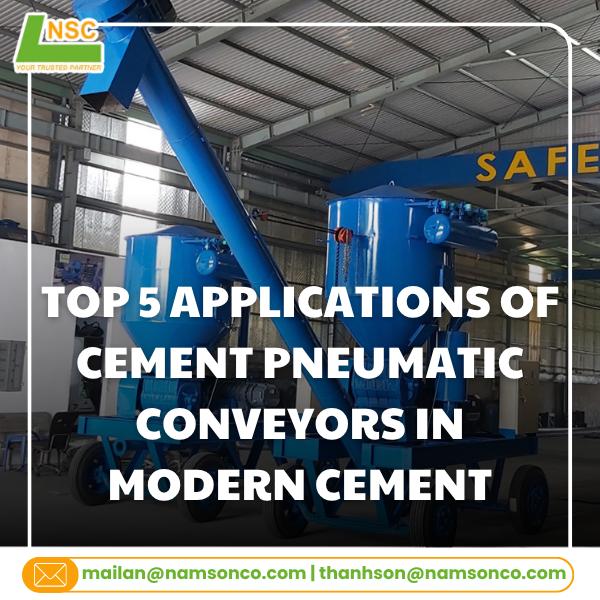


SEE MORE: What is cement silo storage and the role of it in modern concrete production
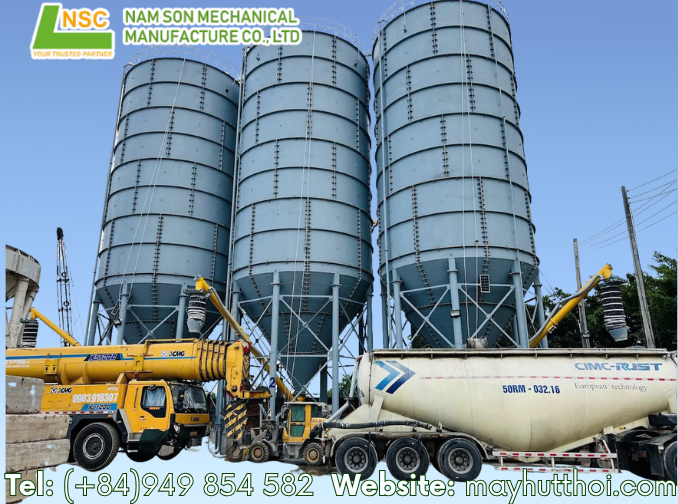
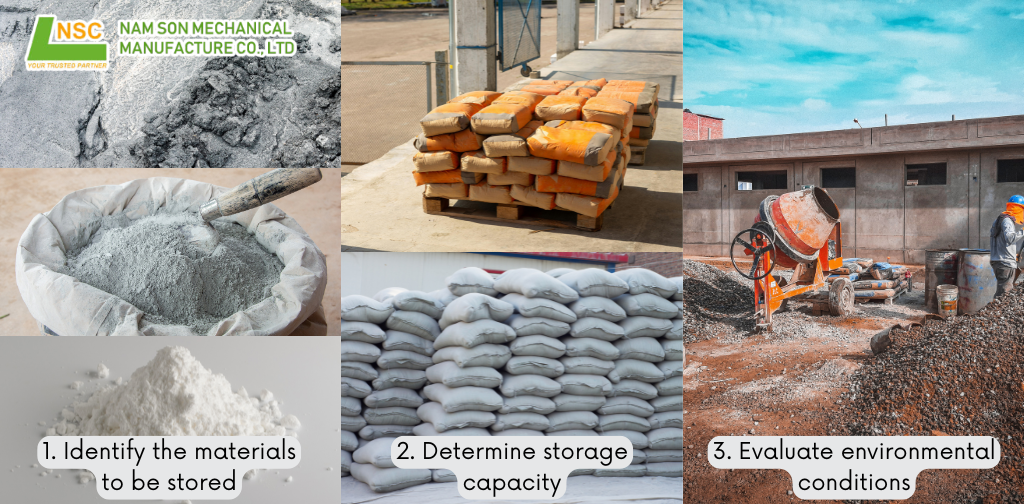
| Criteria | Bolted steel silo | Field-welded silo | Concrete silo |
|---|---|---|---|
| Installation | 1-2 weeks | 2-4 weeks | 1-3 months |
| Portability | High | Low | None |
| Durability | 10-20 years | 20-30 years | 30+ years |
| Initial Cost | Low-Medium | Medium-High | High |
| Maintenance | Easy | Moderate | Low |
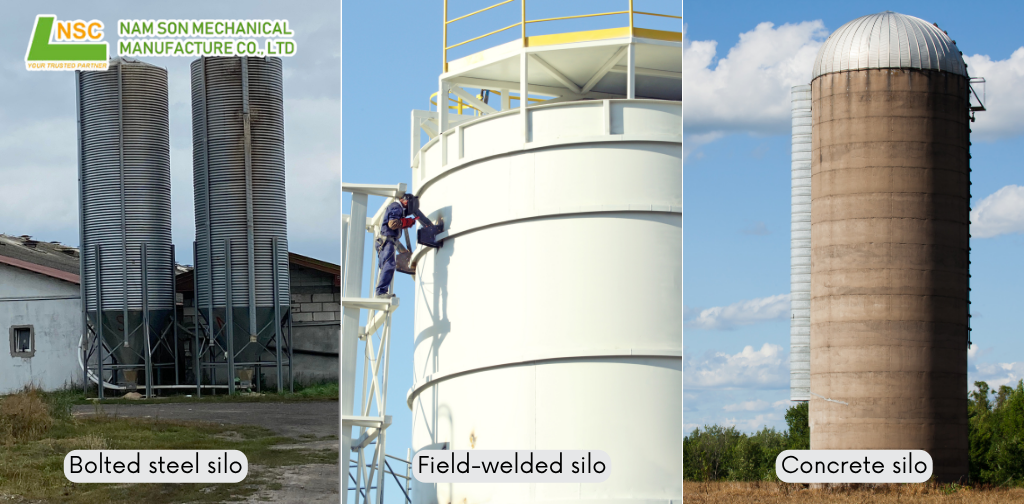

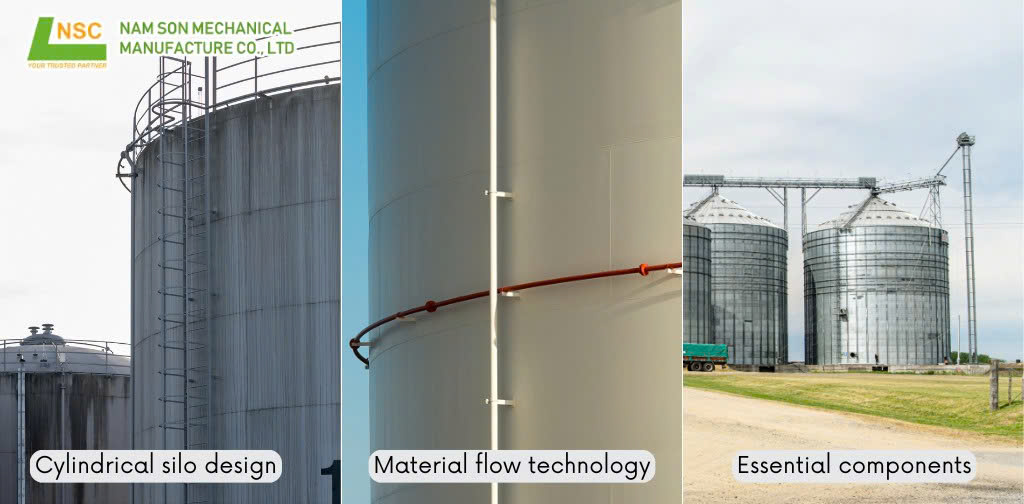
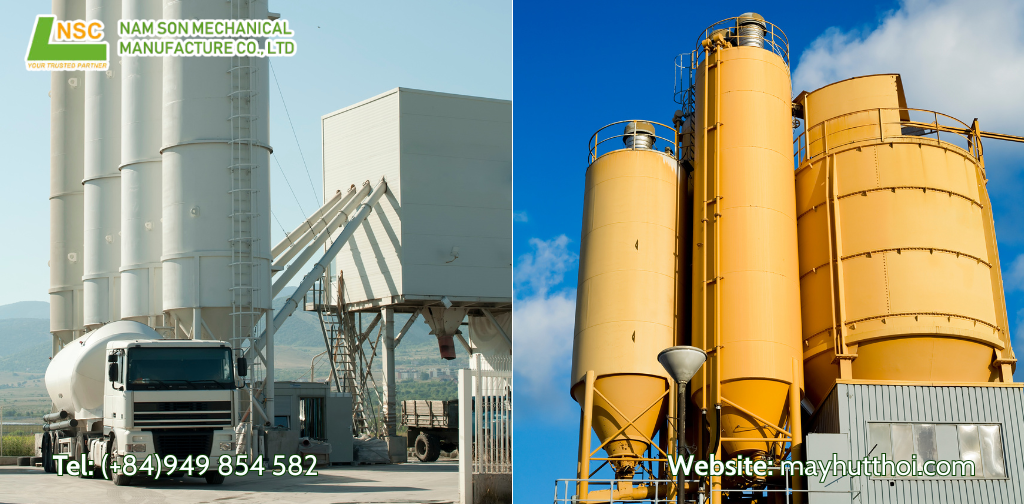
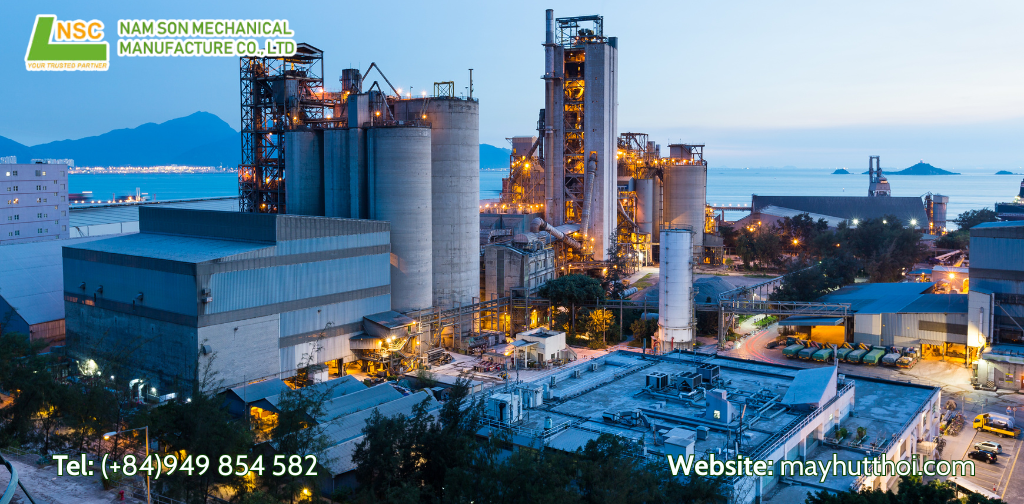
Copyright © 2016 Nhuamisa